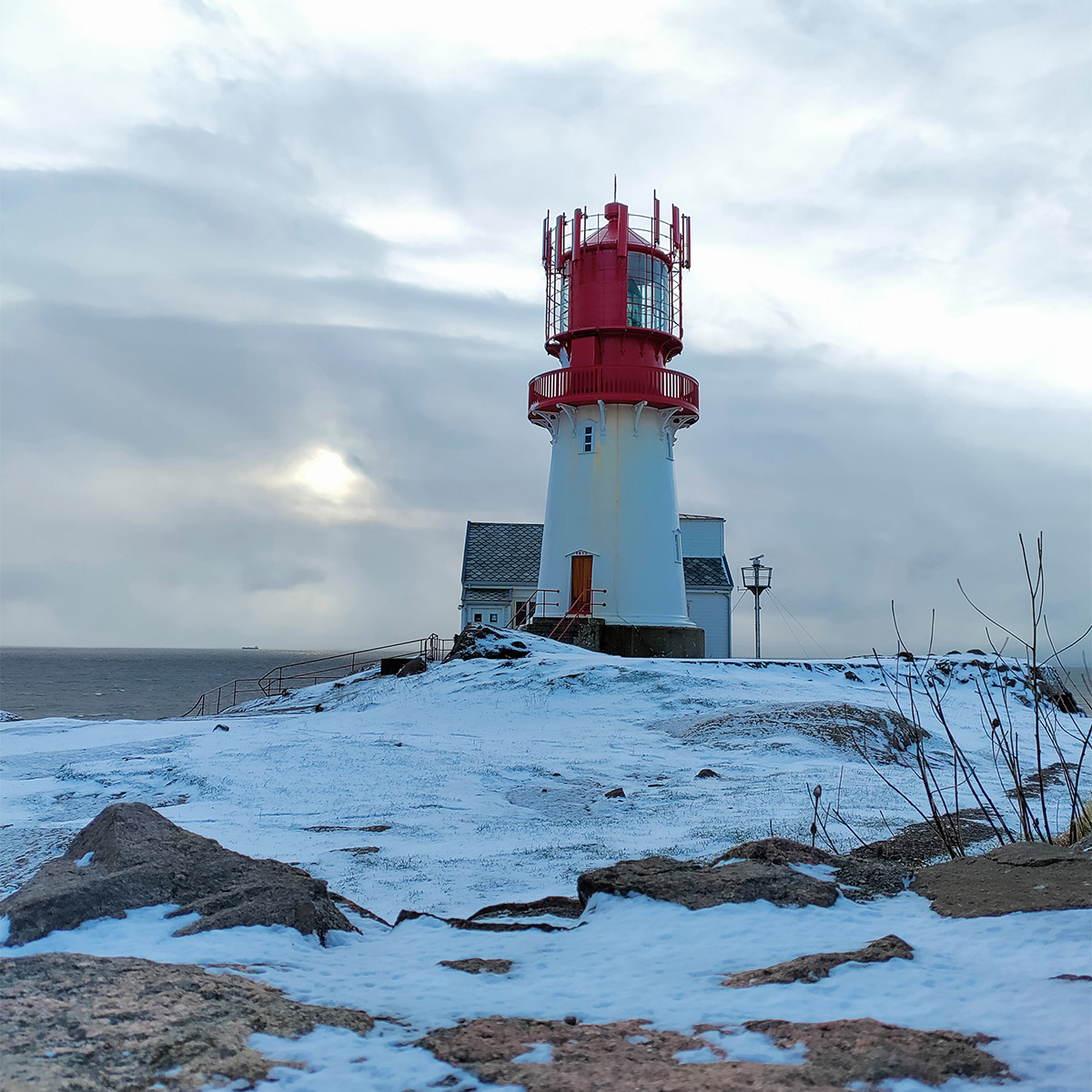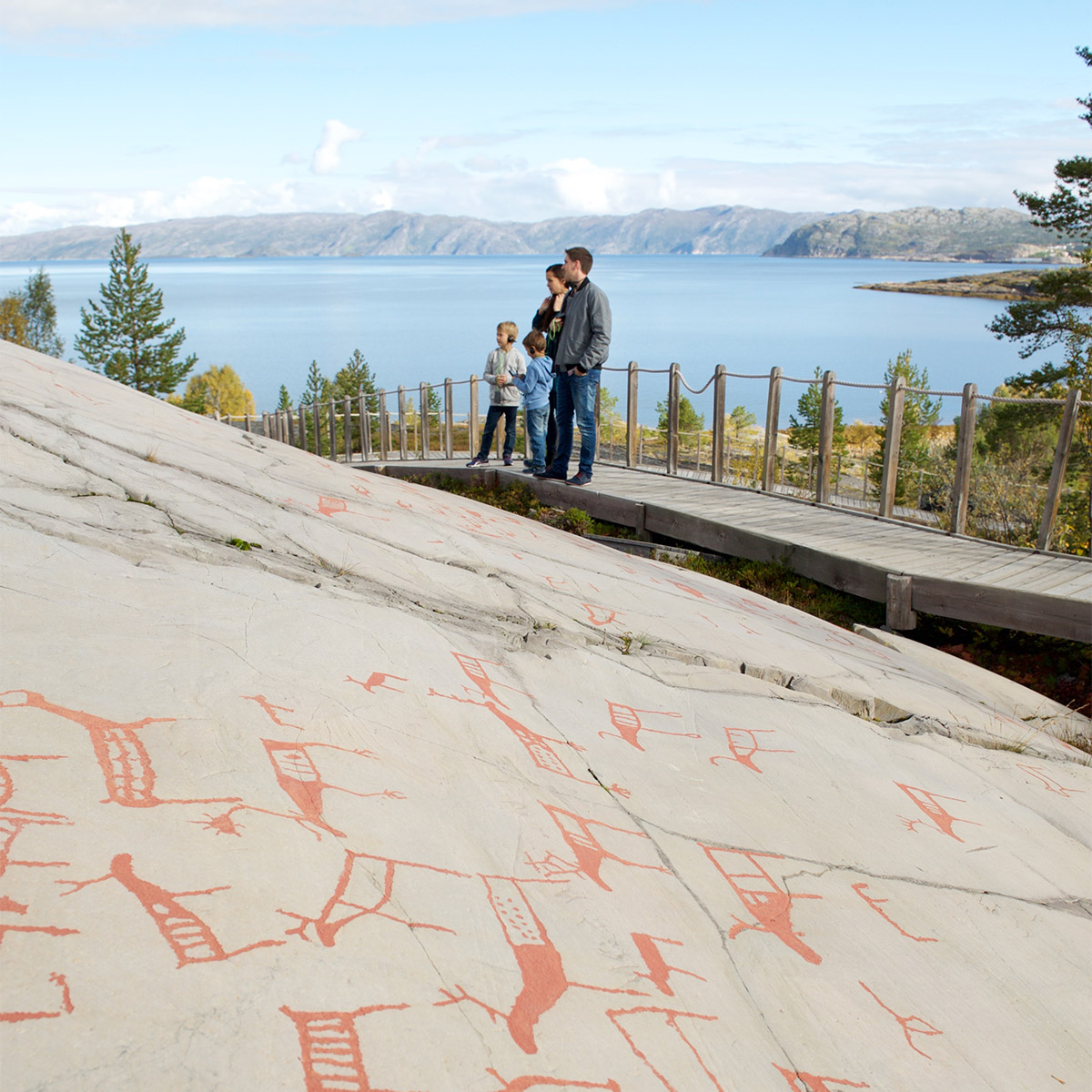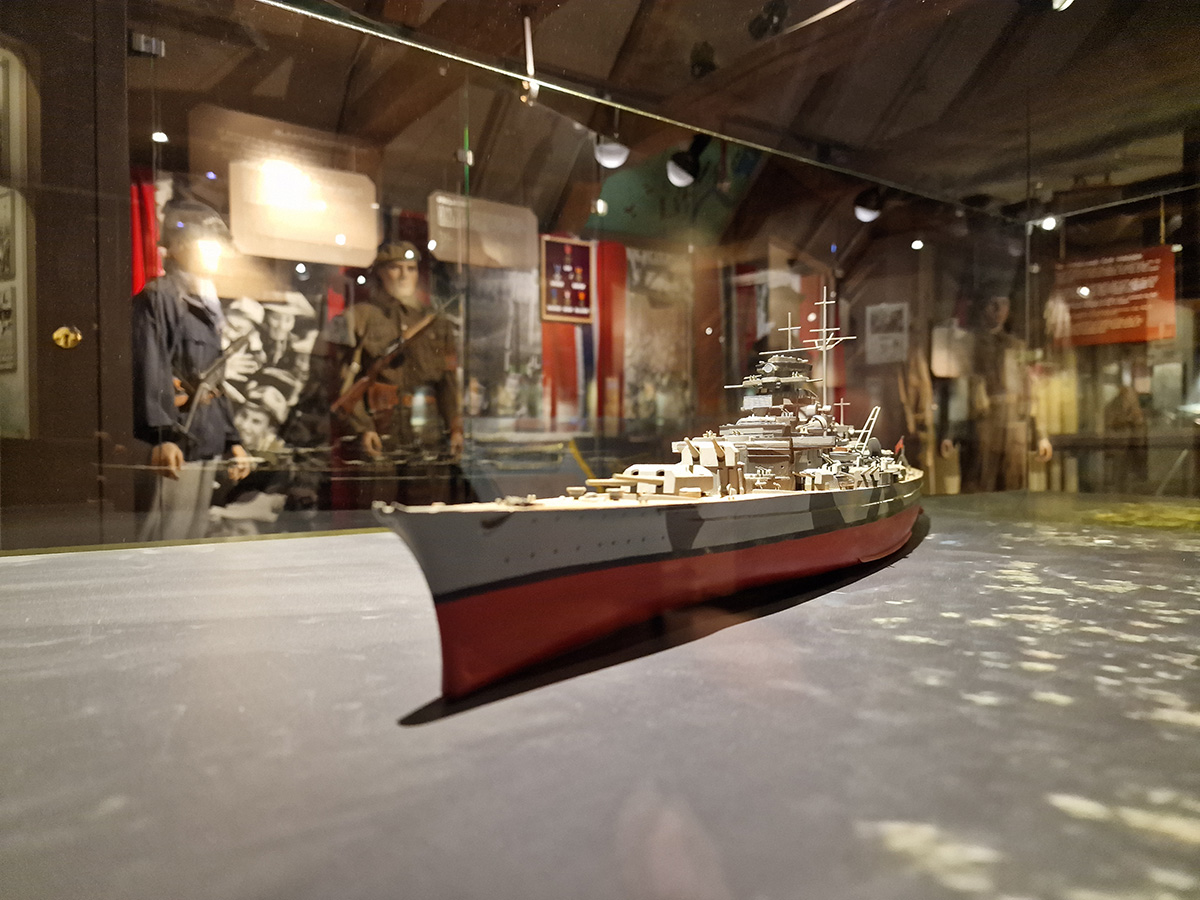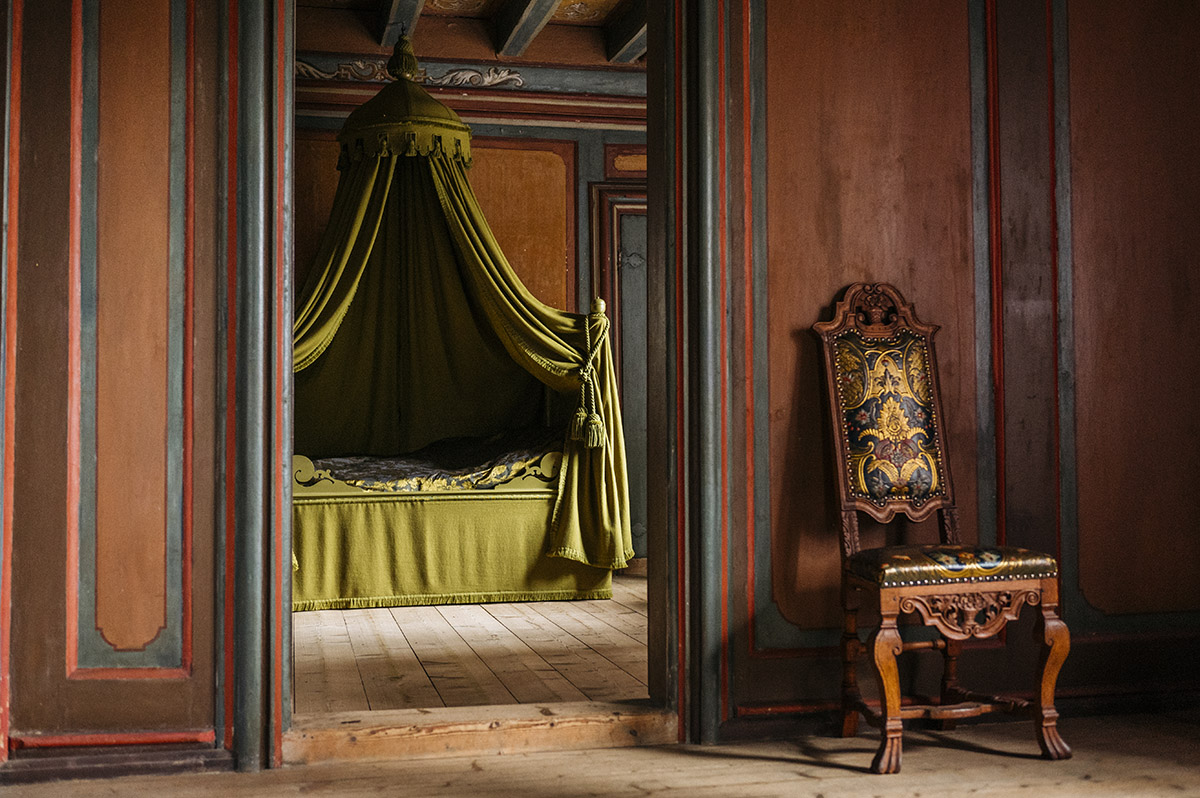Four unmissable Oslo museums
Written by Alyssa Nilsen
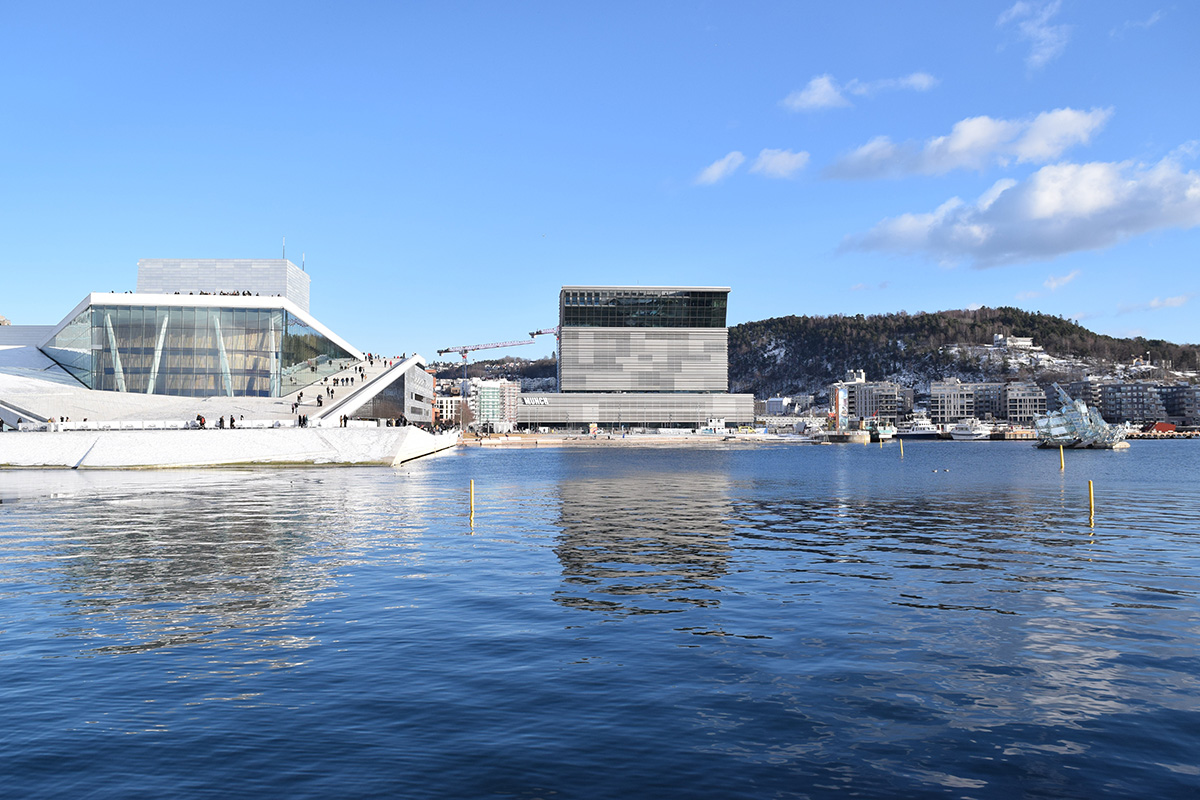
Munch Museum in Bjørvika, Oslo.
Oslo is a city that dates back thousands of years, and though what would eventually become the city we know today was first established in the year 1040, remnants of houses dating back as far as 6000 or even 7000 BC have been found in the area. A surprising amount of historical sites, items and written history has been discovered and preserved over the years. This, along with Norway’s rich cultural history, has resulted in numerous museums and galleries where visitors can get a glimpse into the past as well as the present.
1. The Kon-Tiki Museum
Not only the Vikings explored the world – Norwegians throughout the ages have been curious about the world and what lies beyond, as well as how people ended up where they are. In 1974, Thor Heyerdahl sailed a raft of balsa wood from Peru to Polynesia, simply to see if it were possible. The trip was captured on film, and the result was awarded the Academy Award for Best Documentary in 1951. The raft, Kon-Tiki, is on display at the museum, along with Ra II, a vessel built of papyrus, which he used to sail from North Africa to the Caribbean. But Heyerdahl not only travelled; he also did archaeological excavations on the Galapagos Islands, Easter Island and in Túcume, and in addition to the vessels, the Kon-Tiki Museum contains maps, a library of books, and objects from several of Heyerdahl’s expeditions.
Bus # 30 stops at stops at Bygdøynes. Ferries run from Rådhuskaia to Bygdøynes.
2. Nobel Peace Center
The Nobel Peace Prize is awarded annually and is the only Nobel prize awarded in Norway. The Nobel Peace Center opened in 2005, and showcases the Nobel Peace Prize, its laureates and Alfred Nobel, as well as being a venue for debate and reflection around current topics. The centre is located in a former railway station at Rådhusplassen in Oslo, between the City Hall and Aker Brygge. In addition to the exhibitions, the centre hosts panels, debates, concerts, conferences and theatre shows.
All metro lines stop at Nationaltheatret T, a sixminute stroll from the centre.Tram # 12 stops at Aker Brygge.
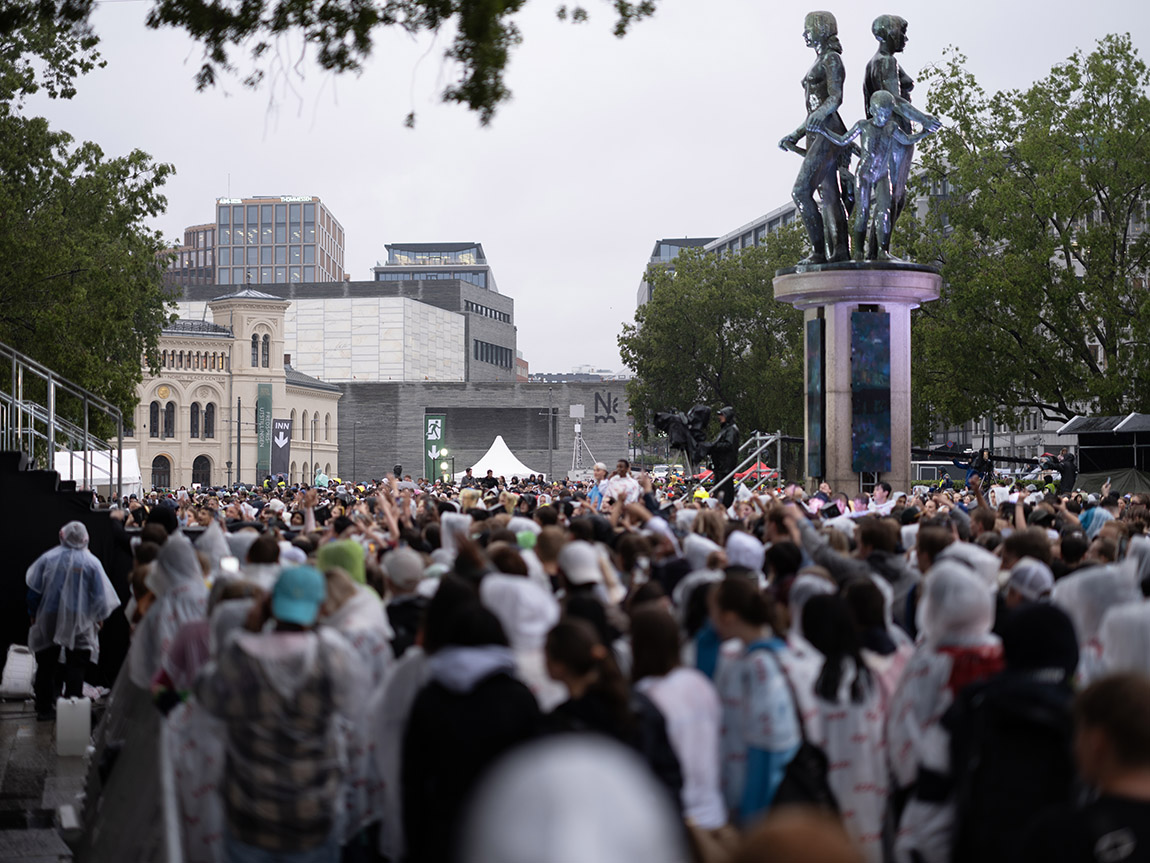
Nobel Peace Center.
3. Norwegian Museum of Cultural History
Despite Oslo being a modern, urban capital, the history of Oslo and Norway is a long and fascinating one. At the Norwegian Museum of Cultural History, you get to experience, look at, and learn about it all through extensive collections of items and artefacts. In addition to traditional exhibitions, there is an Open-Air Museum with buildings dating back to the Middle Ages and up to the 20th century. Here, you get to explore daily life, city and countryside, old and modern, as well as culture, activities and social classes. Visitors get to experience the various local architectural styles and cultural traditions of the Norwegian countryside, old towns and suburbs, apartment buildings, and coastal areas throughout the ages. One of the most popular buildings is a stave church from Gol. Built in approximately 1200, it is among the most iconic Norwegian historical buildings. Walking around the Open-Air Museum is like taking a stroll through the history of Norway
Bus # 30 stops at Folkemuseet.
4. Popsenteret
Popsenteret is a museum of Norwegian popular music, dating back to the first commercial recordings in 1904, and covering pop history up until today. The museum is interactive, with installations where you can play and interact with the music, rather than just listen to it. And not only does it have the recordings; the technology, instruments, posters, fan artefacts and merchandise of various bands and artists are also on display. Different genres, styles and decades have their own time capsulelike installations, often furnished to reflect the time or typical listener of the specific genre. There’s also a DIY section, where visitors get to sing Norwegian hits in a studio, design their own album covers, and get a feel for what it might be like to step out onto a stage in front of a large crowd. Popsenteret also frequently hosts actual concerts and events, so keep an eye on its calendar for updates.
Trams # 11,12 and 13 stop at Olaf Ryes Plass, a fourminute walk from the museum. Tram # 17 stops at Heimdalsgata, a two-minute walk away.
For good deals on transport and experiences, buy an Oslo Pass lasting 24, 48 or 72 hours. The pass includes travel on all public transport across the city as well as suburbs and districts (Oslo as well as Lillestrøm, Nittedal, Asker, Ski, Nesodden and Drøbak), and includes free access to several museums and attractions, as well as discounted restaurants, sightseeing and activities. The Oslo pass is available online below.
Subscribe to Our Newsletter
Receive our monthly newsletter by email

